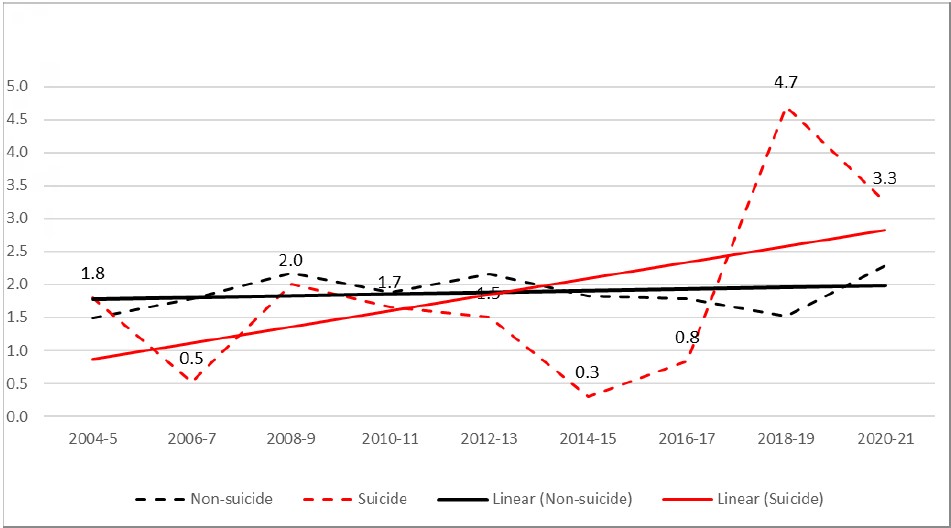Terrorist attacks in less economically advanced countries are far more frequent and lethal than those in economically advanced countries, with the most lethal carried out by jihadist groups.
Terrorist attacks in less economically advanced countries are far more frequent and lethal than those in economically advanced countries, with the most lethal carried out by jihadist groups. This is amongst the findings of a body of work carried out by the Mineta Transportation Institute into patterns of violence on public surface transportation.
It shows that 'Group 2' countries (those with developing economies, and that are not members of the OECD) had seven times the number of attacks, and three times greater lethality compared with economically advanced Group 1 countries with OECD membership.
The report Evolving Patterns of Violence in Developing Countries uses proprietary data from the MTI's database of Terrorist and Serious Criminal Attacks Against Public Surface Transportation.
Authors Brian Michael Jenkins and Bruce Butterworth looked at attacks against passenger trains and train stations, buses and bus stations and stops, and all rail infrastructure and operating and security personnel in both sets of countries between 1st January 2004, and 31st December 2022.
They cite as examples the 2006 jihadist bombings on commuter trains leaving Mumbai, killing 189 and injuring at least 800; the 2010 train derailment by Maoist insurgents in West Bengal, killing 48 and injuring 800; and the 2014 car bomb by jihadists at a bus station in Nigeria, killing 71 and injuring 24.
“We hope that by analysing and comparing what has been going on in advanced and non-economically advanced countries, governments and transportation professionals will be able to use the data to help understand the overall picture and rethink their current security and staff training strategies,” Jenkins explained.
According to the analysis, many Group 2 countries have long-running insurgencies that produce frequent and lethal attacks. Further, there are far more attacks on buses and bus depots and stops in Group 2, reflecting greater reliance on bus travel.
Explosives were found to dominate attack methods, and while jihadist attackers are responsible for only 9.7% of attacks, they create 33.7% of fatalities. Jihadists are, they note, the most lethal attackers in both Group 1 and Group 2 countries. Suicide attacks account for only about 3% of the attacks in both groups, but while that percentage has gone down in Group 1, it has gone up in Group 2.
India, Pakistan and Iraq account for half of the attacks in Group 2 countries, although levels of violence in India and Pakistan have declined slightly in recent years. Levels in sub-Saharan Africa have increased, owing to the activities of jihadist groups in the Sahel. Levels in Thailand have also increased, owing to separatist activity in the southern part of the country.
MTI's latest report is a companion to its August 2022 publication on violence in economically advanced countries. Read CIR's coverage of that report here.
Graph: Lethality of Suicide and Non-suicide Attacks in Group 2 Countries (Source: MTI)
Printed Copy:
Would you also like to receive CIR Magazine in print?
Data Use:
We will also send you our free daily email newsletters and other relevant communications, which you can opt out of at any time. Thank you.











YOU MIGHT ALSO LIKE